At a recent Bolia x Lookbox Living event, creative voices from food, design and fashion shared fresh ideas for greener living — from jellyfish cocktails to conscious fashion and new ways of building and designing more sustainably.
17 July 2025
Text by Janice Seow
What we design, wear, and eat all shape the future. That was the starting point for Shaping Sustainable Futures: A Cross-Disciplinary Conversation on Spatial Design, Furniture, Fashion & Food — a panel hosted by Bolia and Lookbox Living, where creatives from different industries came together to rethink what sustainable living could look like.
Held at the Bolia showroom on 10 July and attended by designers and architects, the event invited guests to step outside the usual silos of their field. Instead, the conversation explored how sustainability connects across the things we build, wear, and consume every day.
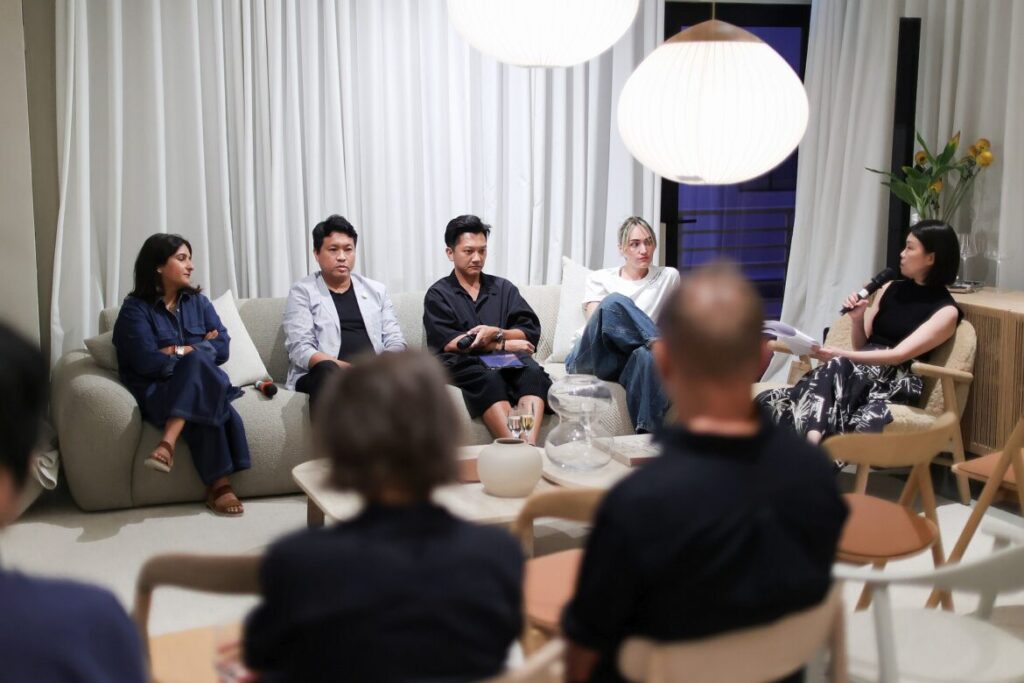
Moderated by Lookbox Living editor Janice Seow, the panel brought together four creative leaders: Kevin Lim, Principal of Studio SKLIM; Kiat Ng, Co-founder of DAZINGFEELSGOOD; Christina Rasmussen, Co-owner and Head Chef of FURA; and Mahima Gujral, Founder of SUI.
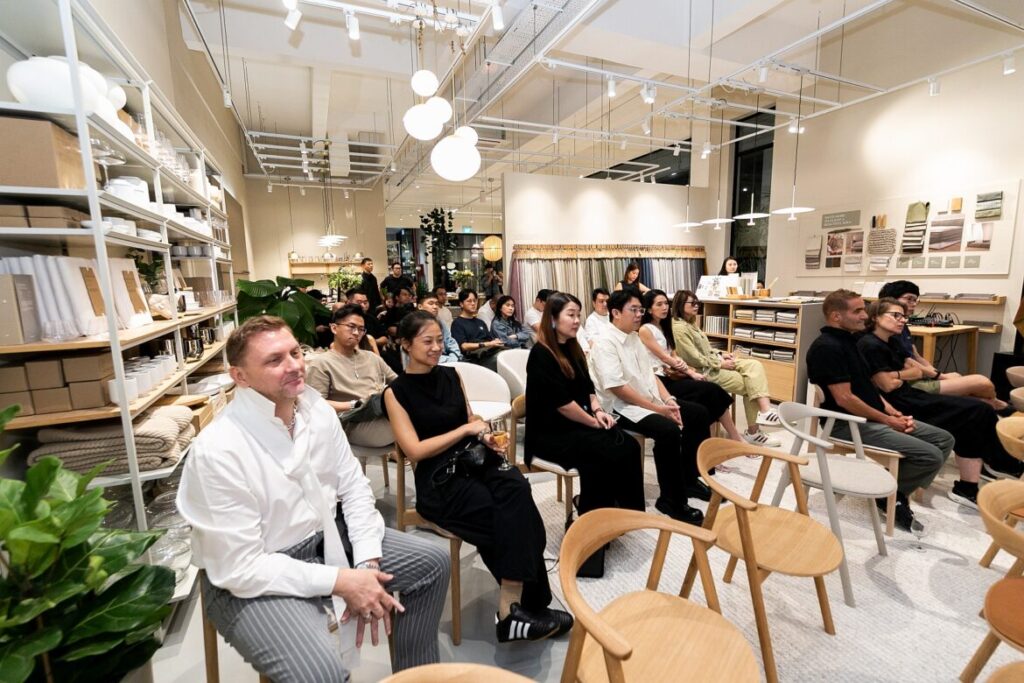
The evening kicked off with a look at values and origins. For designer Kiat Ng, sustainability starts with going back to basics. “I have a mental habit of breaking things down to rethink what’s really needed. It’s about making things last longer, work better, and serve with more purpose,” he shared. This thinking guided Kiat’s collaboration with Bolia on the Latch table, which began as a competition piece for the brand, and evolved into a globally manufactured product. With Bolia’s R&D support, the design was refined for real-world production, focusing on modularity, longevity, and reducing waste at every stage.
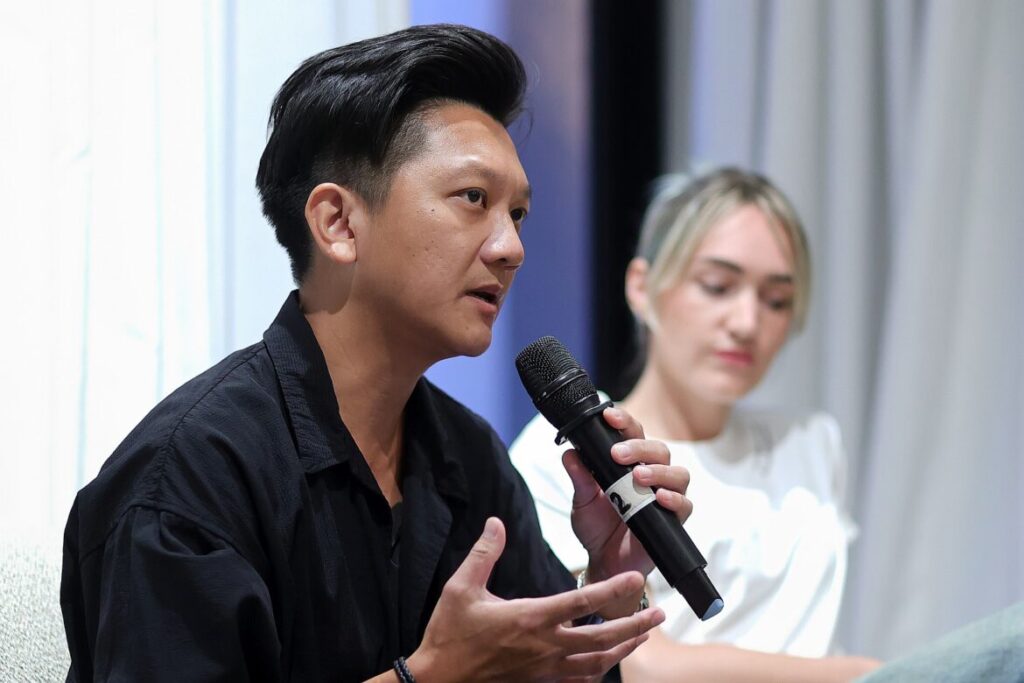
For Kevin Lim, sustainability in architecture means blending tradition with innovation. His practice at Studio SKLIM explores what he calls “Lo-Hi Tech” — a hybrid design approach that combines low-impact, natural materials with advanced fabrication techniques. “It’s not about nostalgia,” Kevin explained. “It’s about strategically selecting the most effective, lowest-impact solutions from across history and blending them with modern technology to innovate with a sustainable and regenerative agenda.”
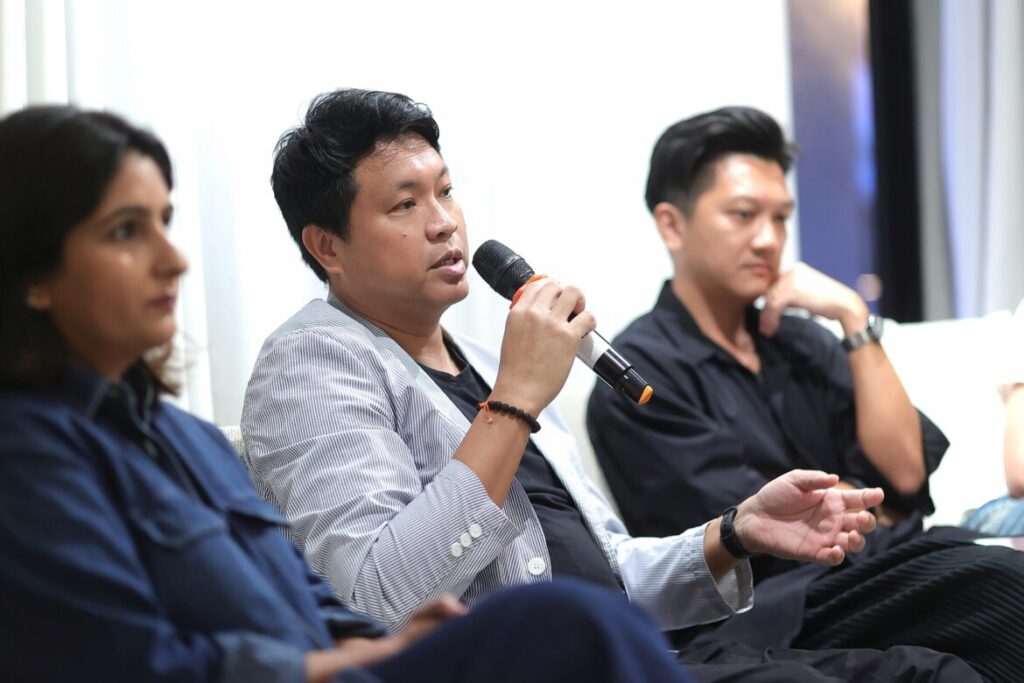
In fashion, Mahima Gujral of SUI spoke about crafting with a “green heart.” For her, this means rethinking every step of the process — from design to sourcing to production — with people and the planet in mind. SUI focuses on small-batch and made-to-order collections, upcycling fabric scraps, and collaborating closely with tailors to reduce waste. “It’s a mindset a brand needs to approach and be committed to,” she shared. “We’re always questioning each step we make.”
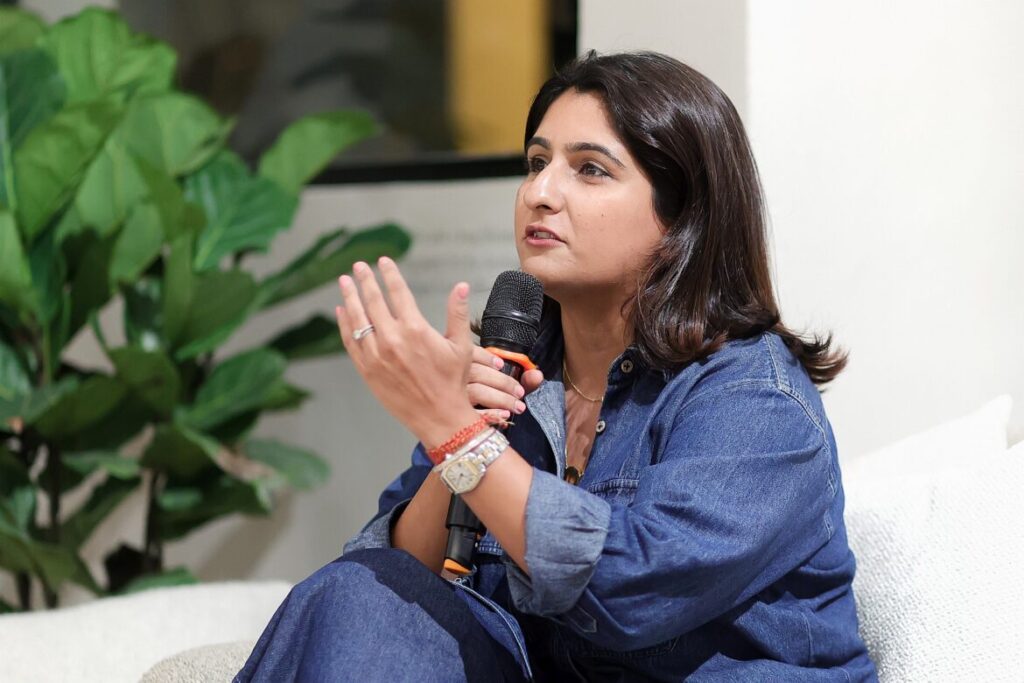
For Christina Rasmussen, Head Chef and Co-owner of FURA, conscious living plays out on the plate. Her restaurant-bar champions climate-resilient menus that feature ingredients like jellyfish — an invasive species in some ecosystems — and cell-cultured quail. “Our menu is designed to highlight ingredients that are abundant or becoming more prevalent because of climate change,” she explained. “We recognise not everyone will go plant-based, but conscious dining can still be fun, tasty, and without sacrifice. It’s about creating a lifestyle that gives you longevity in your actions — and doing it with intention.”

As the discussion unfolded, a theme emerged: sustainability is not just a technical challenge — it’s a cultural one. Whether designing a table, a building, a garment, or a dish, the decisions we make every day — about materials, processes, or even what we choose to celebrate — shape the world we live in. Changing the way we make things also means changing mindsets, behaviours, and social norms around consumption and value.
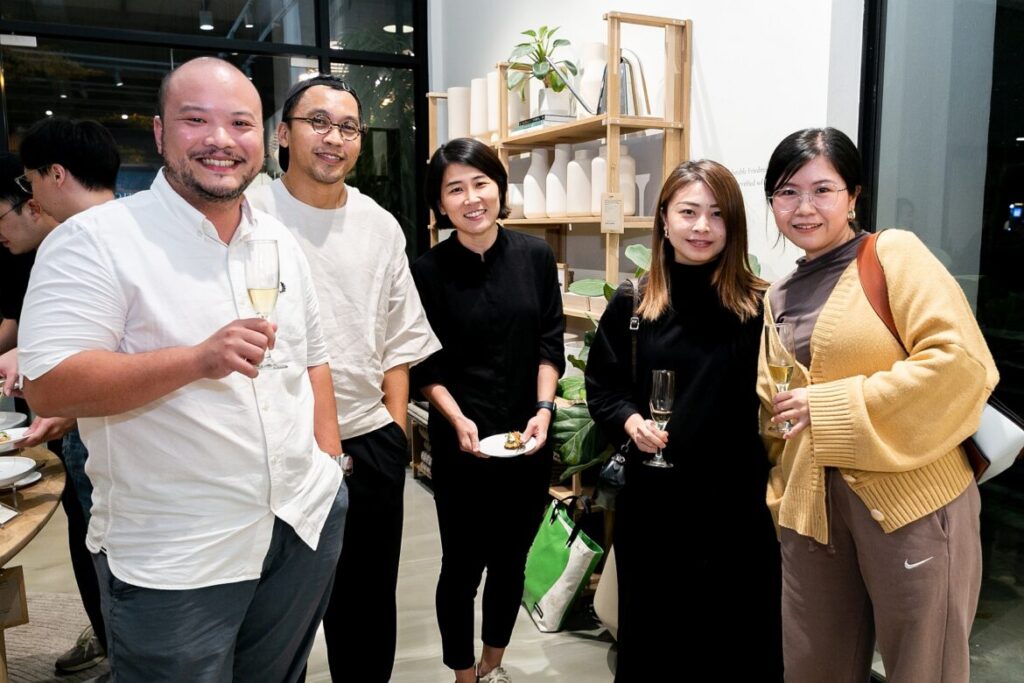
Another important takeaway: Living better starts with asking better questions. How can we design for circularity? How do we reduce waste without compromising beauty or function? And how do we create not just products, but systems, that support a greener future?
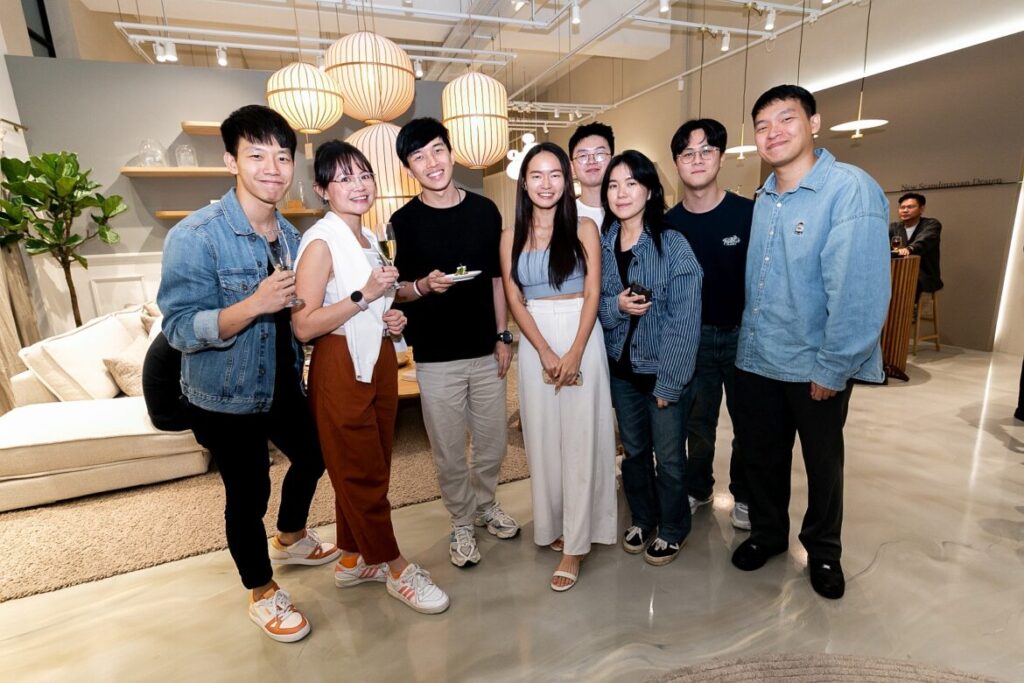
The evening certainly proved that good design, good food, and good fashion can all be part of the same conversation.
We think you may also like AHEC’s No.1 Common exhibition champions underutilised American hardwood
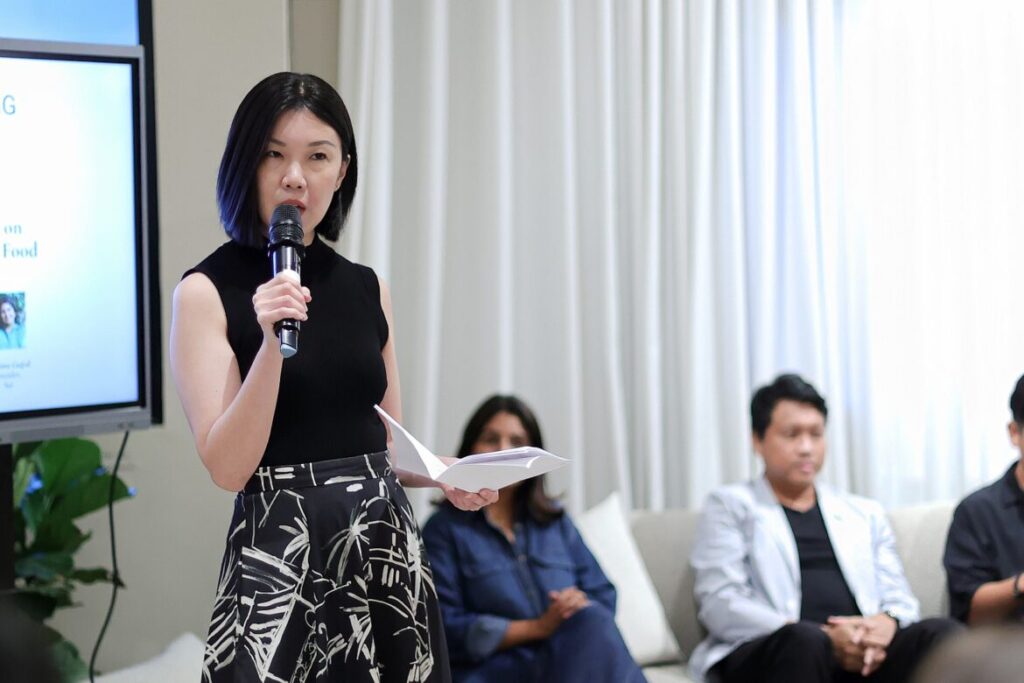
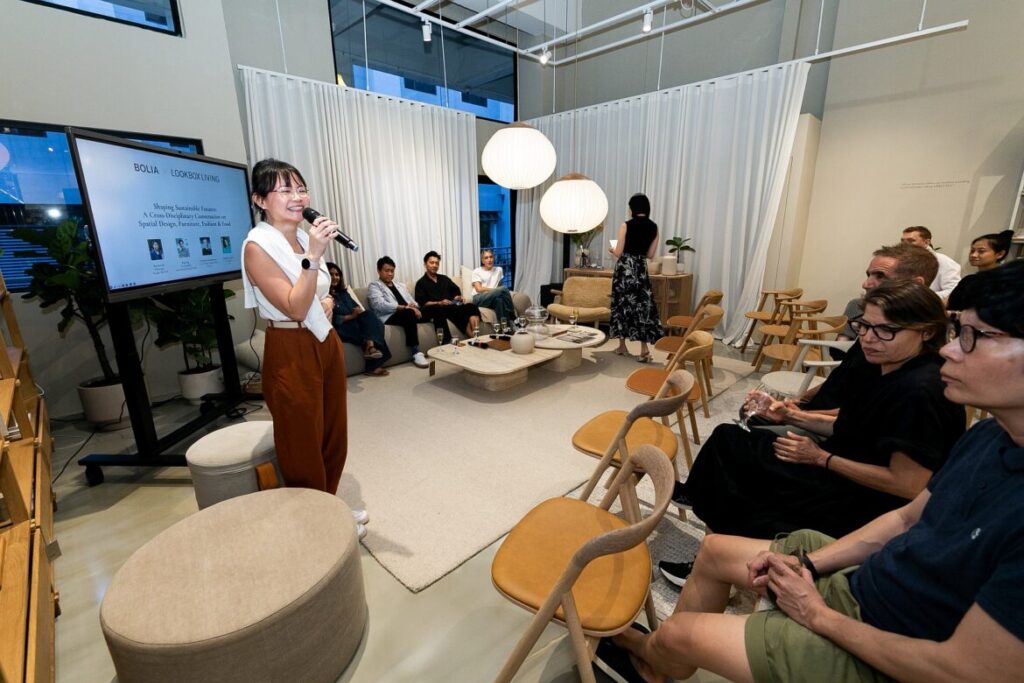
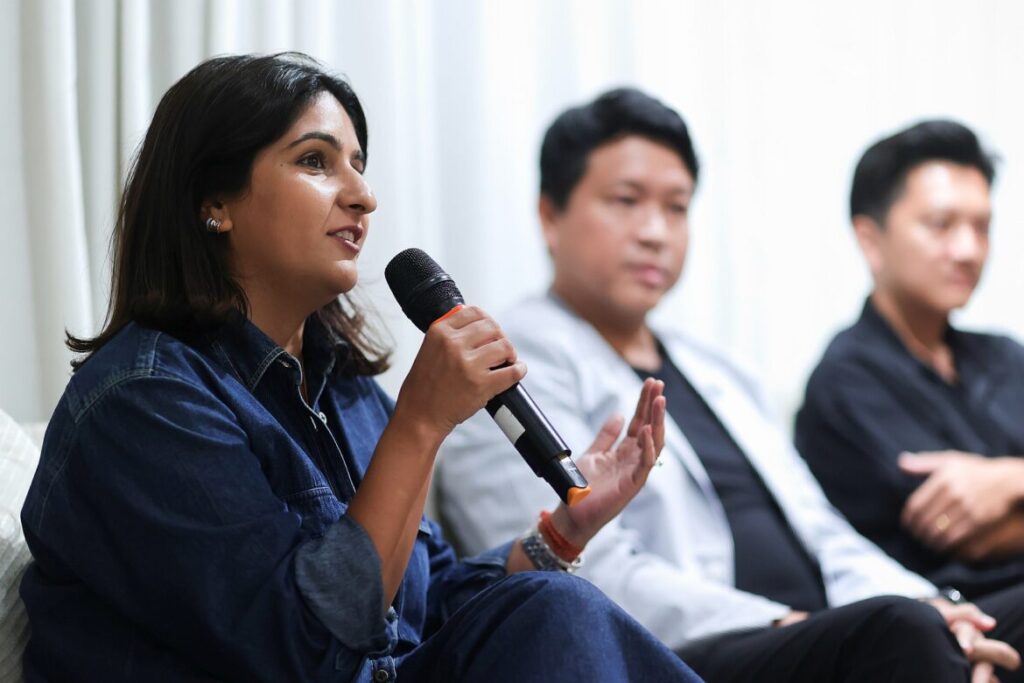
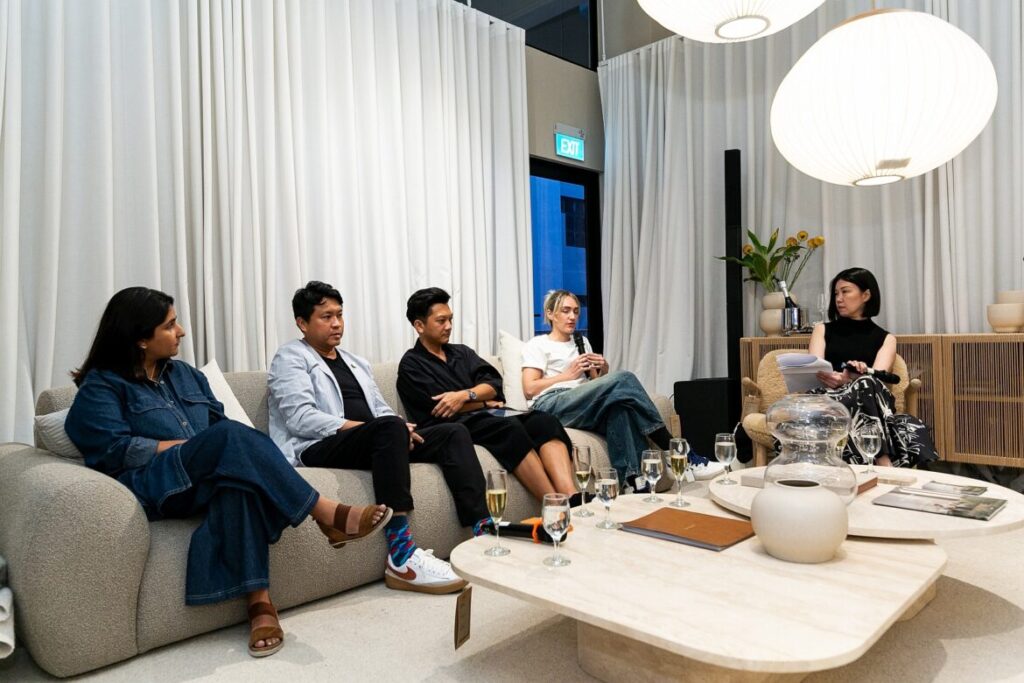

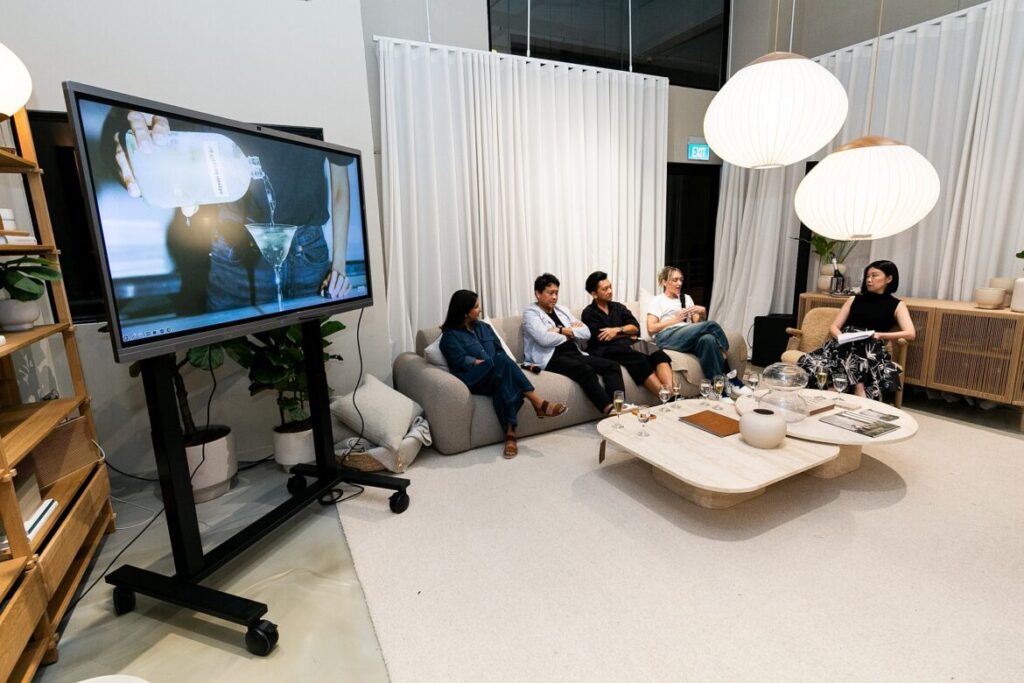
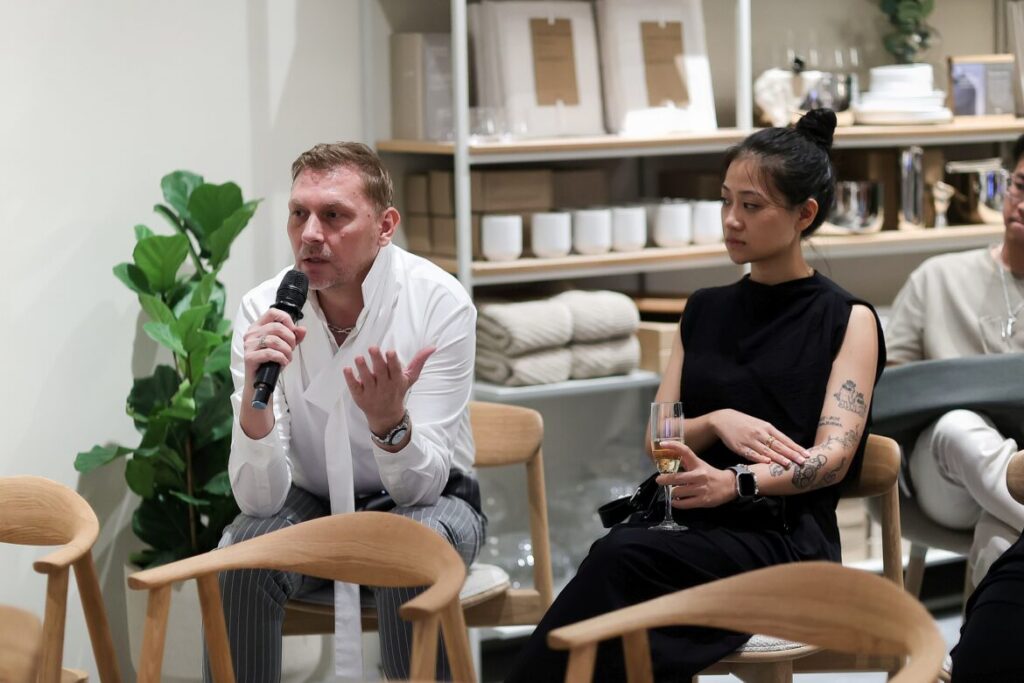

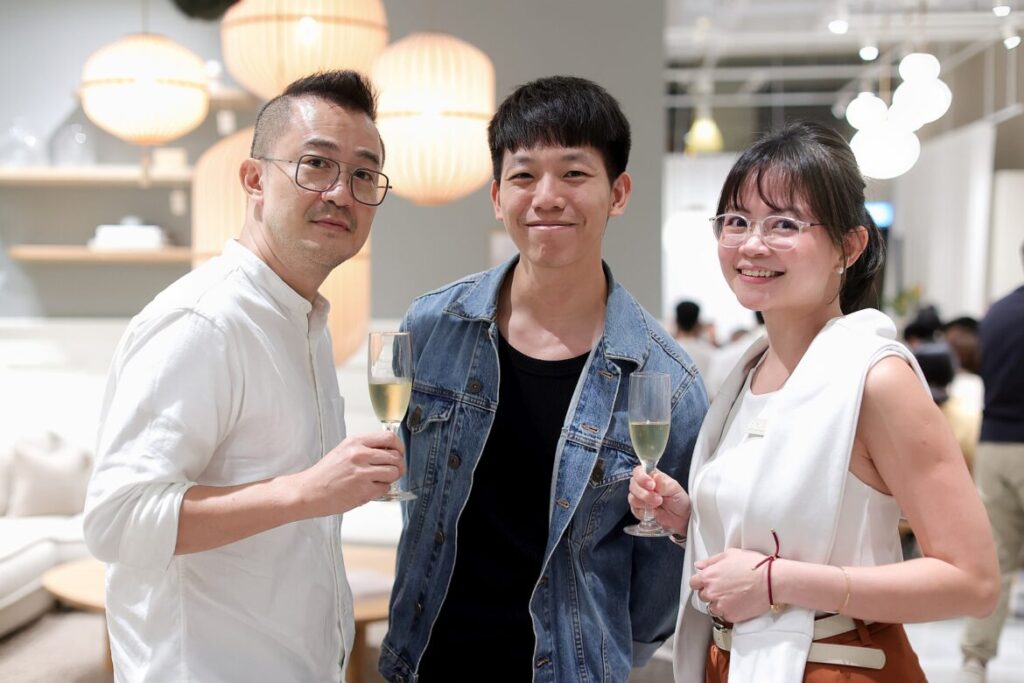
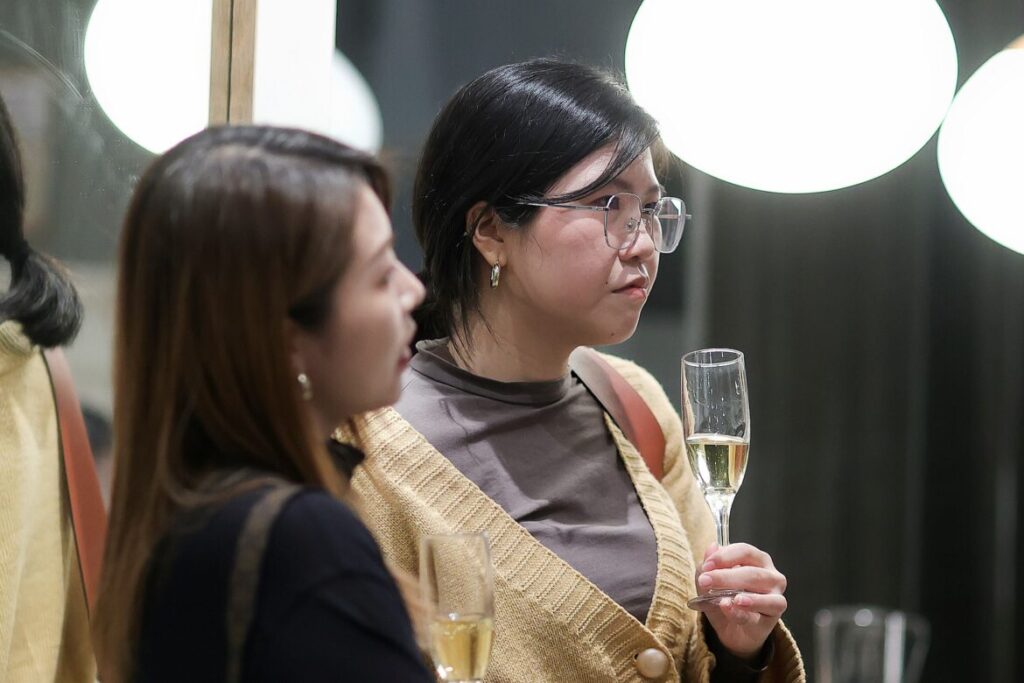
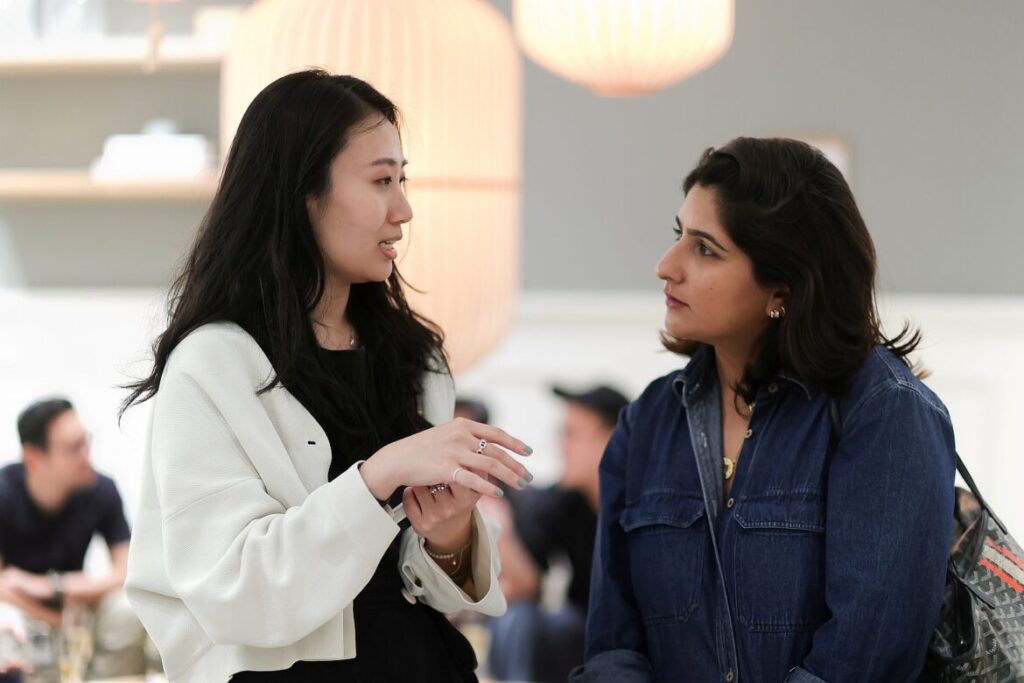
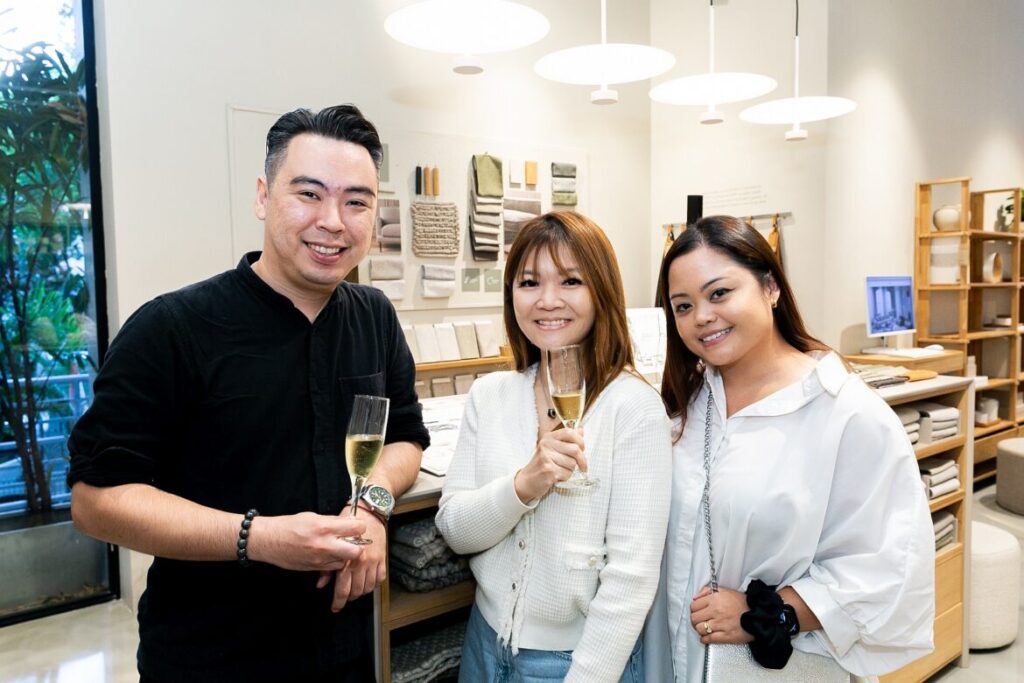
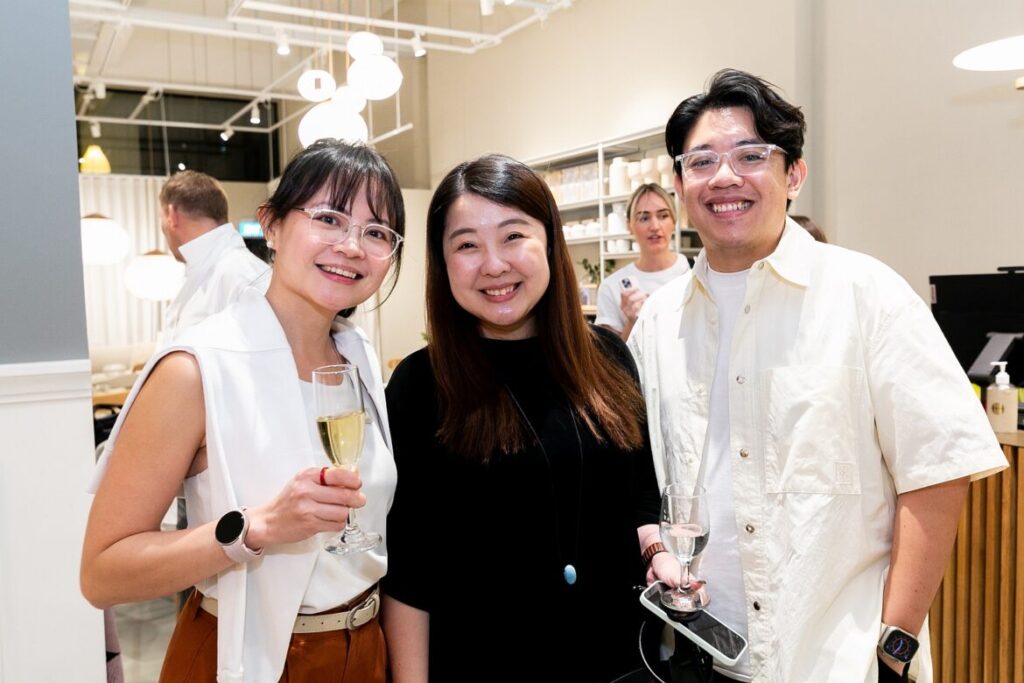
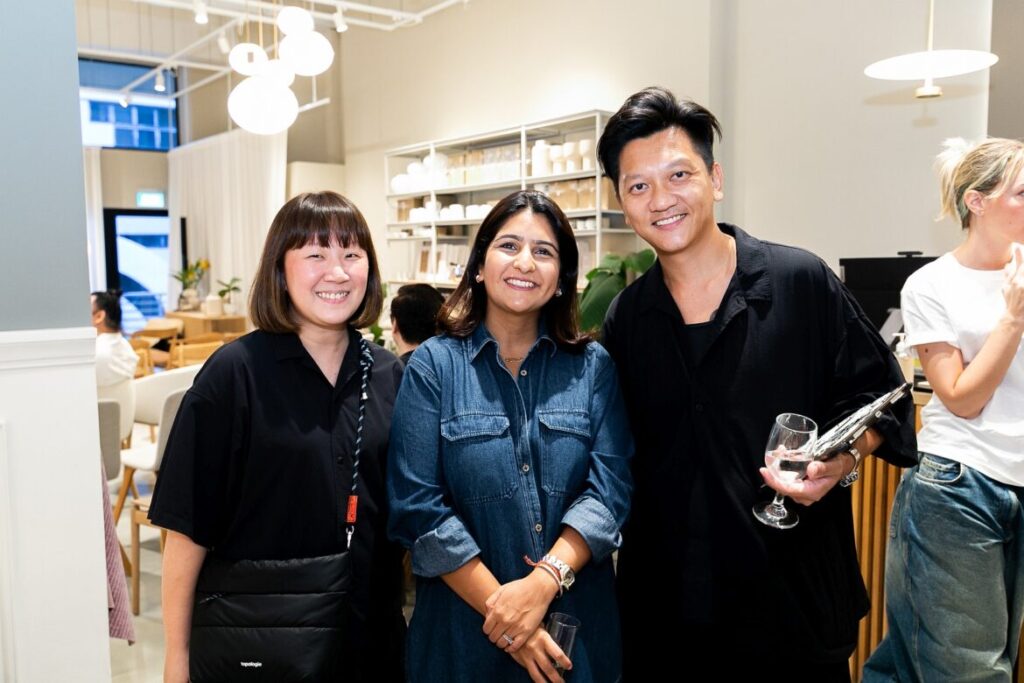
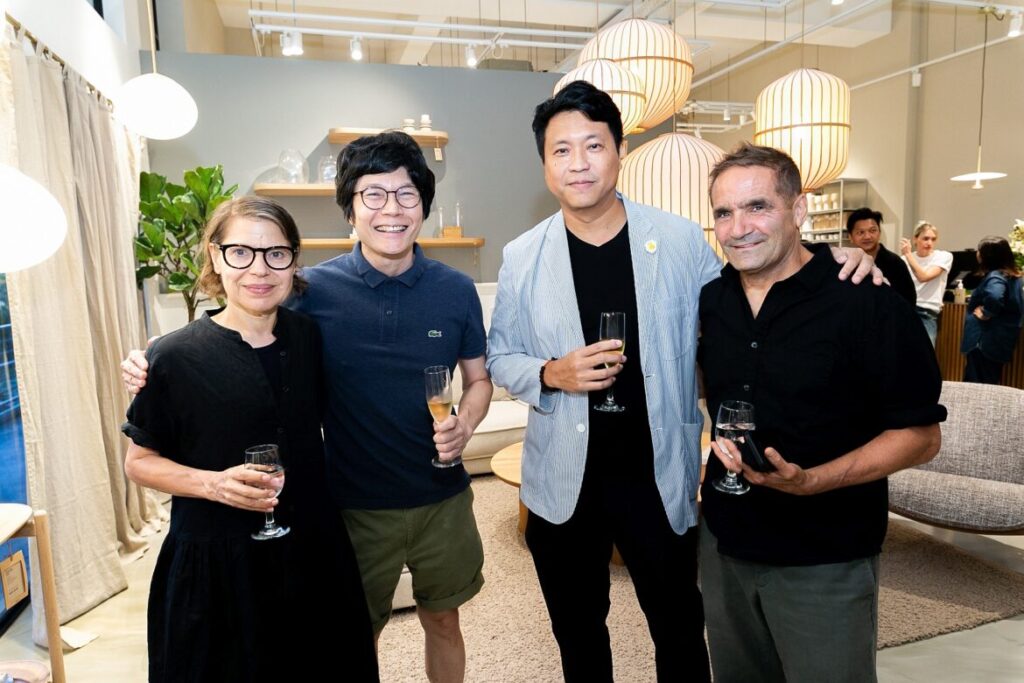
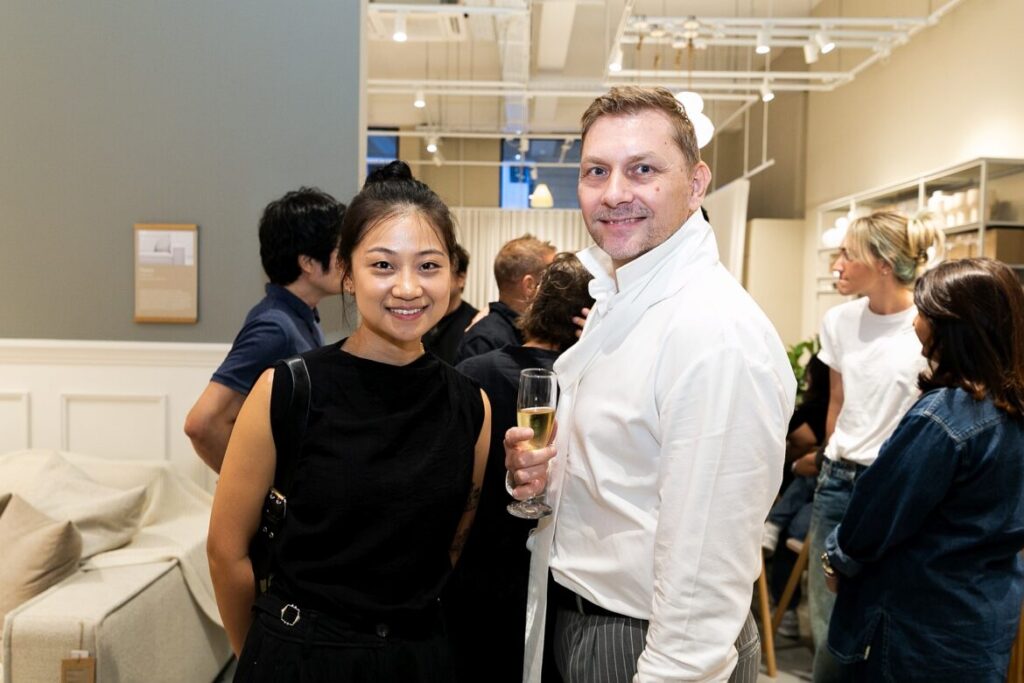
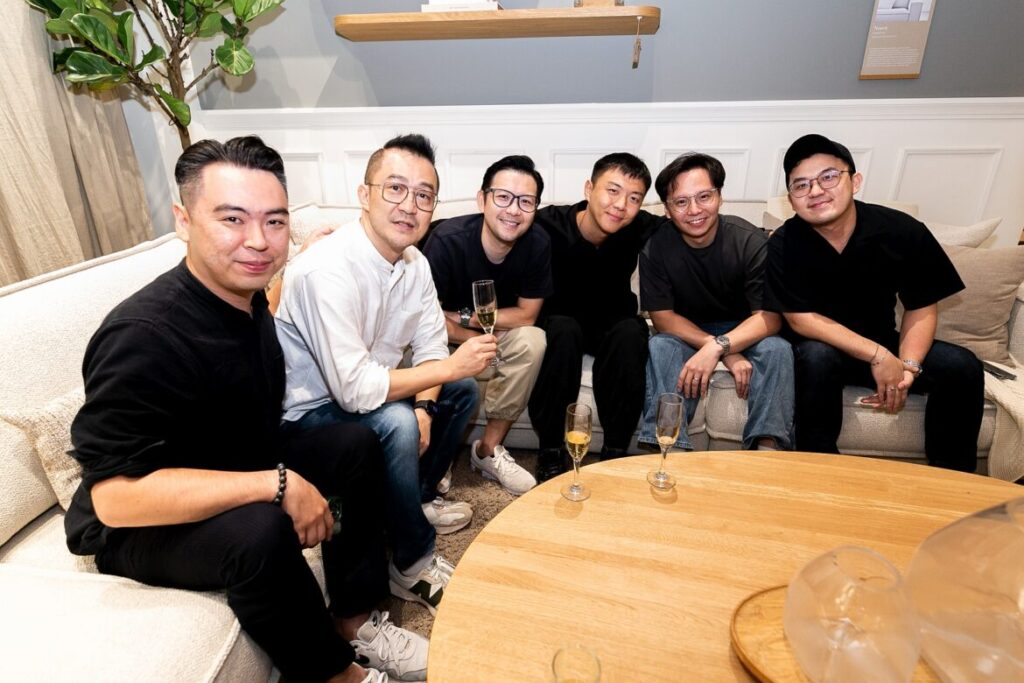
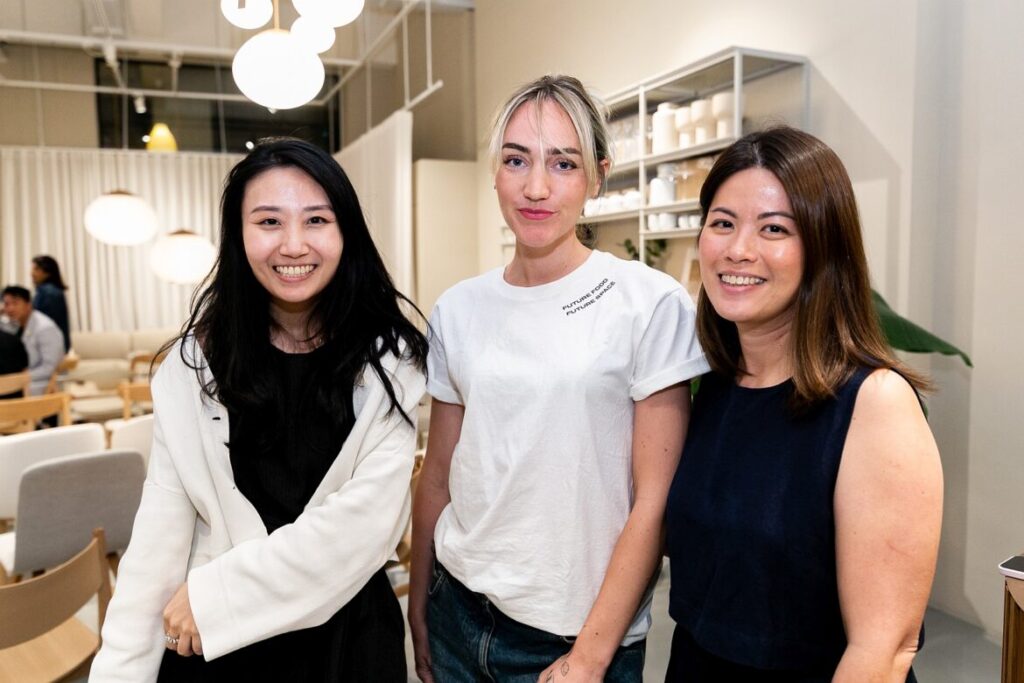
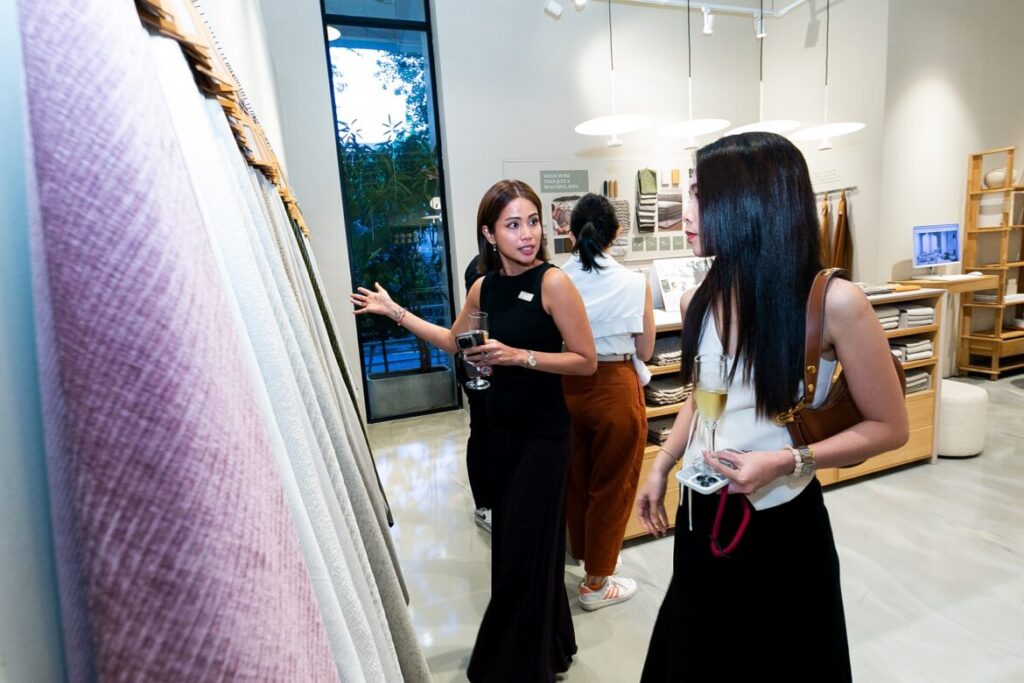
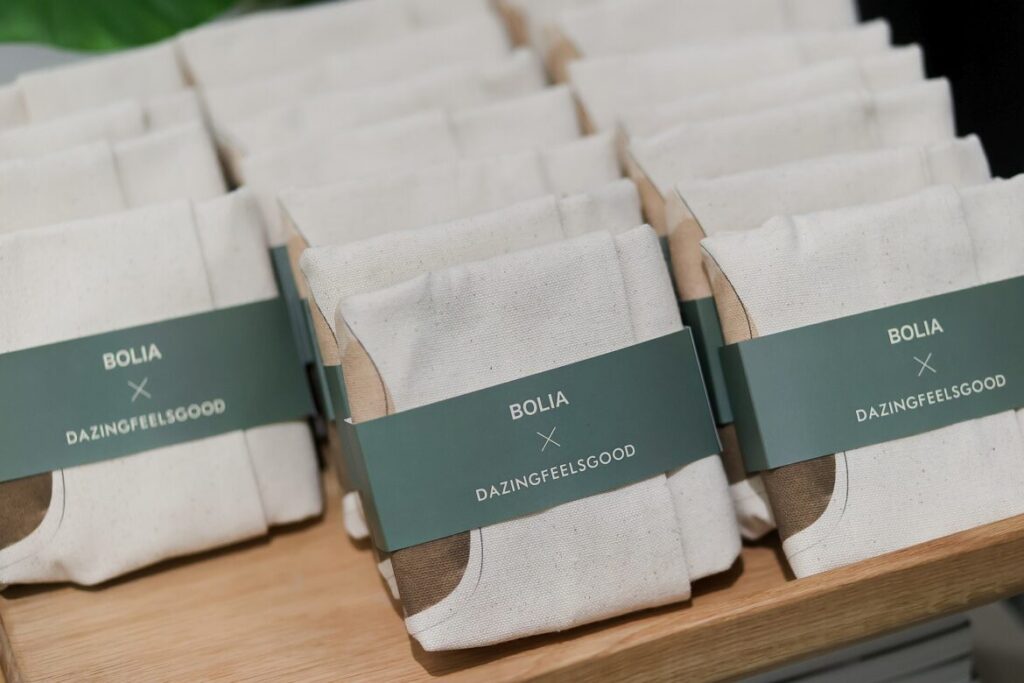
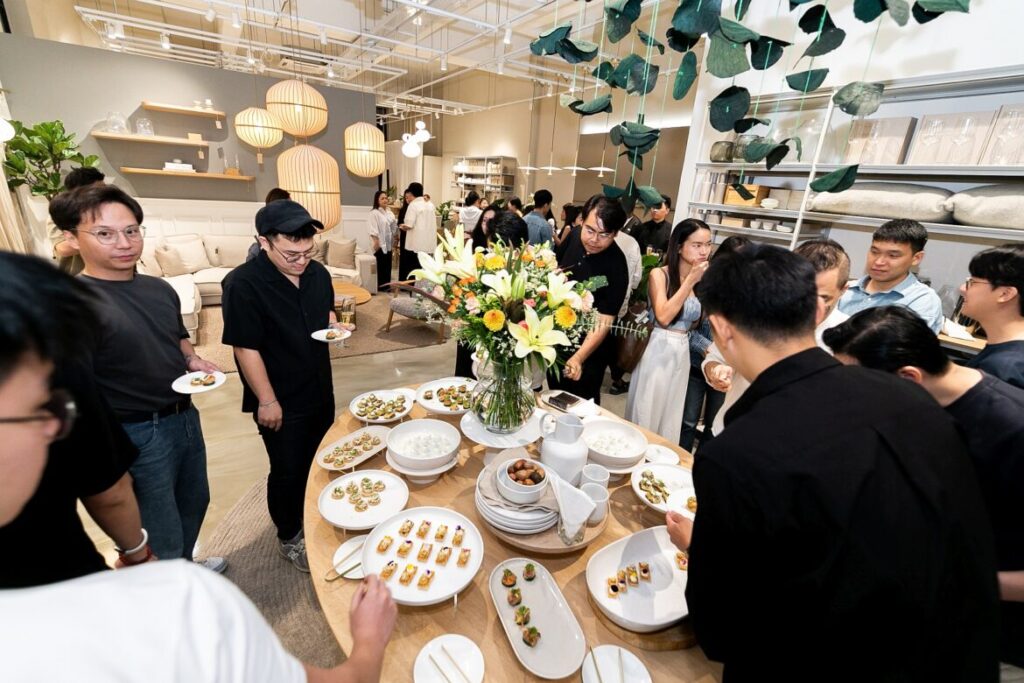
Like what you just read? Similar articles below

A home for an intergenerational family needs to be large but should also be designed for function, beauty and comfort. At The Urban Oasis by SIAN Architects, the brief is certainly met and exceeded.

Built around a signature material — concrete — Think Architects’ Poets House is an exercise in identity through structure.